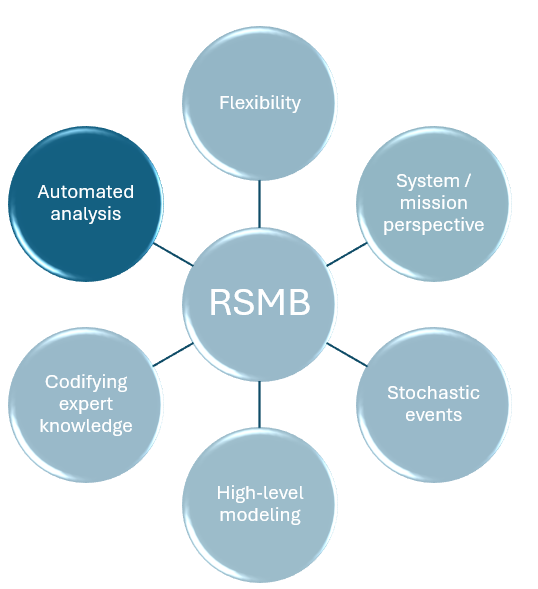Software
RiskSpectrum Software in the Defence Industry
RiskSpectrum ModelBuilder
RiskSpectrum ModelBuilder is a particularly useful tool when it comes to risk and reliability asessments for defence systems.
Fault Tree assessments using RiskSpectrum PSA is great for quantifying risk and reliaiblity, but with RiskSpectrum ModelBuilder you can bring your assessments to the next level.
RiskSpectrum ModelBuilder is not just a tool, it is a tool-creater. It offers possibilities to create Reliability Block Diagrams, Petri Nets, continuous Time Markov Chains.
Read more below about the advantages using RiskSpectrum ModelBuilder

RiskSpectrum ModelBuilder
- User-defined components and interactions between components
- A rich and mature modeling language
- Almost no constraints in definitions of components and behaviors
- Failures and possible repairs
- Other types of events also possible
- Control signals
- Change of environment
- Effects of failures, repairs and events
- On the component
- On related components
- Graphical representation
- Easy graphical debugging of models

- A model consists of multiple components
- A break-down of a function into ‘atomic’ parts
- Back-up systems/components
- Support systems/components
- Digital I&C
- Redundant systems/components
- Interactions defined in components
- Depending on the concrete topology
- Events propagate through the system

- Events occurring at certain time points
- Continuous time
- System is re-evaluated
- There can be a discrete change of the system state
- Continuous system development can be approximated by time discretization
- RAMS analyses in focus of the event modeling
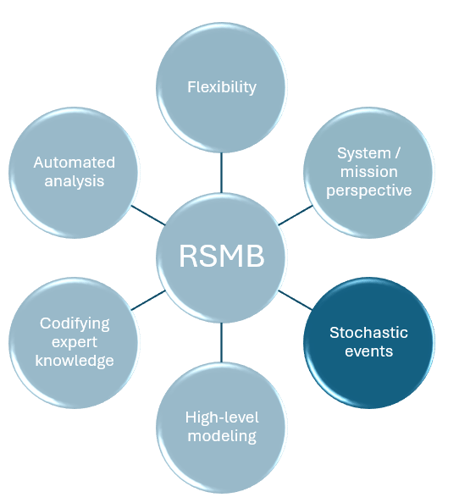
Do your RAMS modeling directly in a CAD drawing
- A graphical language for model building
- Level of abstraction is user-defined
- Components can match objects used by system designers
- Detailed RAMS-relevant behavior is specified in the definition of components and their interaction
- Possibilities for an automatic import from design tools
- Do your RAMS modeling directly in a CAD drawing
- Flexible configuration of the system in the graphical interface

Failure logic, propagation of events through the system, reconfigurations, mission phases, modeling assumptions – all can be formally codified and preserved in your organization
- Definition of components is interpersonal
- No subjective judgements
- No hidden assumptions
- Once encoded, it represents a single source of truth for all models using this component
- Models ‘behave’ consistently
- RAMS knowledge formally codified and preserved in your organization
- Failure logic
- Propagation of events through the system
- Reconfigurations
- Mission phases
- Modeling assumptions
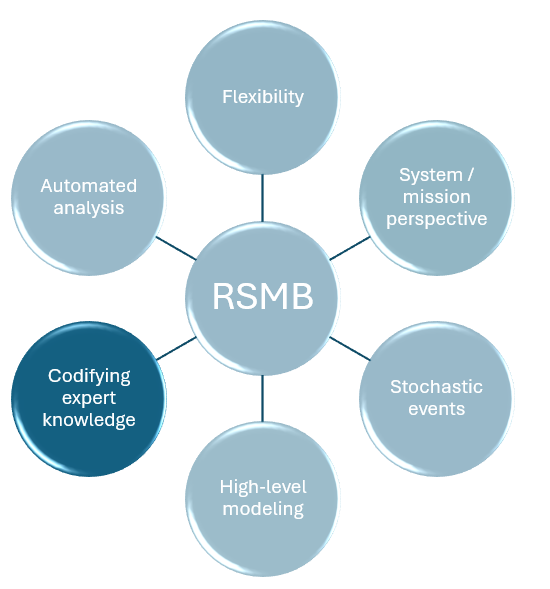
Do you want to analyze minimal cut sets, review importance measures or run Monte Carlo simulations of your system? Obtain them already from the high-level model
- A high-level model together with definitions of components describes system behaviors.
- These behaviors are automatically ‘transformed’ for an analysis
- Multiple analysis possibilities:
- Minimal cut sets
- Importance measures
- Monte Carlo simulations
